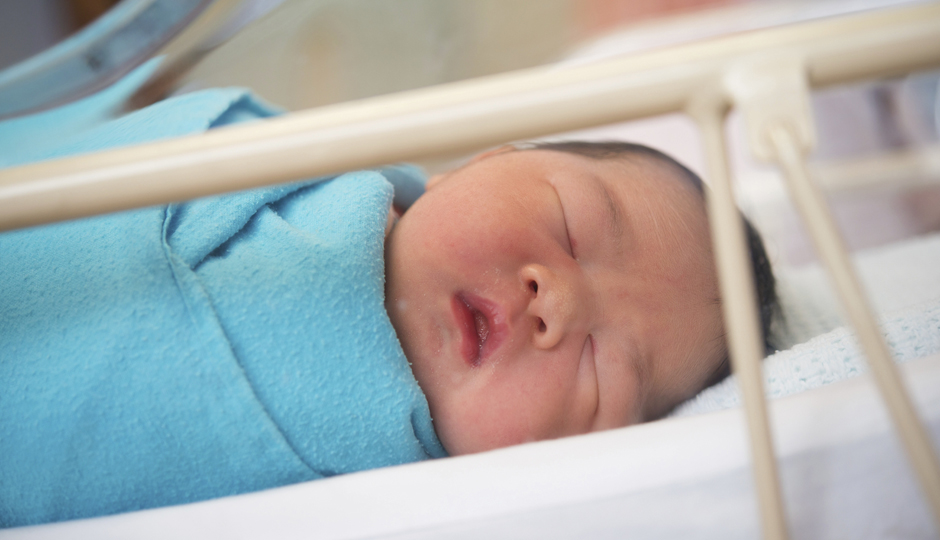Expert Warns of the Dangers of Swaddling Infants

Veer
It was good enough for Jesus, as the coming holiday season reminds us—not to mention Prince George, who got his first intro to the public wrapped in a white muslin version by Brooklyn’s own Aden + Anais brand. The swaddling blanket has become haute bébé couture, with new moms from Sandra Bullock to Beyoncé pledging allegiance to the ancient practice of tightly wrapping infants from head to toe—albeit in au courant versions of swaddling blankets from companies like Little Giraffe, Munchkin and Summer Infant. The soothing technique has undergone a major revival; nine out of 10 American infants now get the wrap treatment in their first six months of life. Evidence has shown it reduces crying and colic and helps lull babies to sleep.
But a British pediatric orthopedic surgeon has stepped forward to warn that new studies show baby-bundling can have a serious downside. In an article in the Archives of Disease in Childhood, Southampton University Hospital professor Nicholas Clarke writes that because swaddling straightens the legs and shifts the hips forward, it increases the chance your baby’s hips will become misaligned (a condition known as hip dysplasia) and may heighten the risk of osteoarthritis—and the need for hip replacement—later in life. An educational campaign in Japan that warned grandmothers not to swaddle grandchildren cut the incidence of hip dislocation in infants in half.
Swaddling can be safe, so long as baby-wrappers take care not to wind blankets so tightly that legs can’t bend up and out at the hips. And any swaddling product you buy should include a pouch for your baby’s feet and legs, leaving them free to move. So keep on wrapping, but not too tightly, please.


